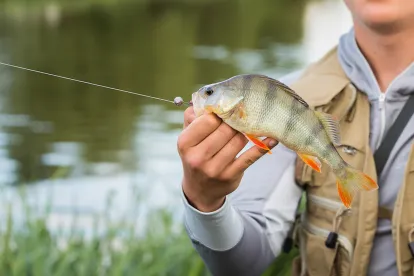Securing Endangered Species Act (ESA) incidental take and other voluntary permits often requires so much time and money that their many compliance, streamlining, and conservation benefits can go unrealized. The U.S. Fish and Wildlife Service’s (Service) latest action is intended to help change that. On February 9, 2023, the Service proposed revisions to the regulations governing incidental take permits (ITPs) and other permits that would clarify a key limit on the agency’s ESA authority and define what makes permit applications “complete,” among other revisions attempting to reduce permit program costs and delays. Robust industry participation during the public comment period for this proposal will be critical to ensuring the revised regulations actually save permit applicants time and money in practice. Comments are due April 10, 2023.
The Service’s proposal would revise the regulations governing incidental take permits and supporting habitat conservation plans (HCPs), enhancement of survival permits and supporting candidate conservation agreements with assurances (CCAAs) and safe harbor agreements (SHAs), as well as regulations governing Service permits more generally. While some of the revisions could help improve permit program efficiency and predictability, others introduce potential new bottlenecks in the permit application process.
Key revisions include:
-
Clarifying that incidental take and enhancement of survival permits do not authorize the permit’s covered activities; rather, they authorize only the take of the covered species resulting from the covered activities. This clarification should help keep HCPs and future conservation benefit agreements properly focused on the species that applicants want to cover, avoiding what can be extensive negotiations over non-covered species the Service is concerned could be affected by a project.
-
Attempting to clarify when permit applications are complete. Uncertainty and disputes regarding when applications are complete have made permit timelines unpredictable.
-
Defining the terms “applicant” and “permittee.” The Service proposes to define these terms to exclude company affiliates, subsidiaries, assigns, etc., from the definition of “applicant” or “permittee,” limiting the scope of take coverage under the Service’s ESA permits.
-
Confirming the Service can issue ITPs and enhancement of survival permits for non-listed species, even if there are no other listed species on the permit. This revision should allow project proponents greater flexibility to plan for the conservation of species that may be listed in the future.
-
Combining SHAs and CCAAs into a new “Conservation Benefit Agreement.” The Service intends this revision to simplify the process for developing the agreements to support an enhancement of survival permit application.
-
Clarifying that permit renewals and amendments are subject to current laws and policies, with the scope of agency authority extending only to the requested amendment, not the previously approved permit or unchanged portions of the HCP or conservation benefit agreement. The Service intends this revision to reduce confusion on applicable rules and regulations during permit renewal and amendment processes.
As biodiversity challenges continue to make headlines, ESA permit programs will remain critical for efficient and compliant operations in energy, infrastructure, natural resource, construction, agriculture, and many other industries. Companies and trade associations should carefully review these proposed revisions and participate in the rulemaking process to ensure they can obtain needed take coverage through Service permit programs on time and on budget.






 />i
/>i

